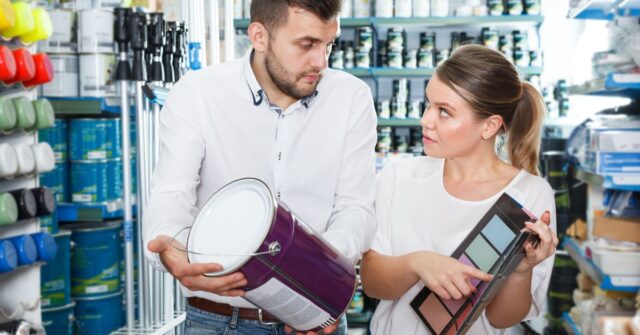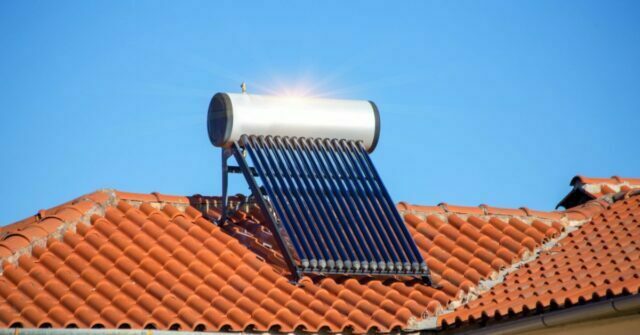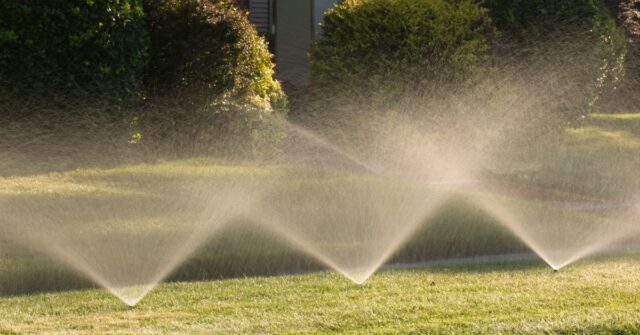Water is a precious resource, especially in Australia where dry spells and water restrictions are common.
By conserving water in the bathroom, you not only cut down on your utility bills but also contribute to a healthier planet.
Let’s dive into practical tips and actionable advice to help you make the most of every drop.
Why Water Conservation Matters
Water conservation is essential for sustainability, particularly in Australia where resources are limited and droughts are frequent.
Understanding its importance can help you adopt meaningful practices that make a difference.
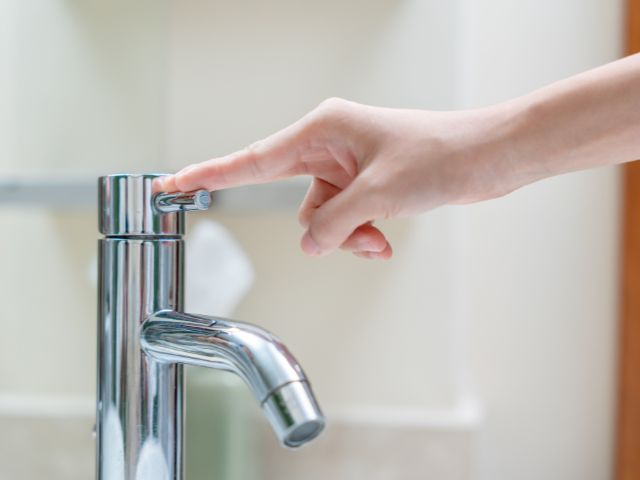
The Importance of Saving Water in Australia
Australia is known for its stunning beaches and unique wildlife, but it’s also one of the driest continents on Earth.
Water conservation isn’t just a buzzword here- it’s a necessity. With climate change intensifying droughts, every household has a role to play in reducing water waste.
Environmental and Financial Benefits of Water Efficiency
Conserving water doesn’t just help the environment- it’s also kind to your wallet.
Efficient water use reduces strain on natural resources, lowers energy consumption for heating, and slashes your water bills. It’s a win-win situation that makes a big difference over time.
Quick Water-Saving Habits You Can Adopt Today
Simple changes in daily routines can make a significant impact on water conservation. These habits are easy to implement and yield noticeable results.
Take Shorter Showers
Long, steamy showers might feel heavenly, but they guzzle gallons of water. Aim for five minutes or less. For fun, set a timer or pick a song to shower to when the music stops, so does the water!
Turn Off the Tap While Brushing Your Teeth
Leaving the tap running while you brush wastes up to six litres of water per minute.
Turn it off while you scrub, and turn it back on when you’re ready to rinse. It’s an easy habit that adds up to significant savings.
Fix Leaks Promptly
A dripping tap might not seem like a big deal, but even a small leak can waste thousands of litres annually.
If you spot a leak, repair it right away. You’ll stop water wastage and avoid a spike in your water bill.
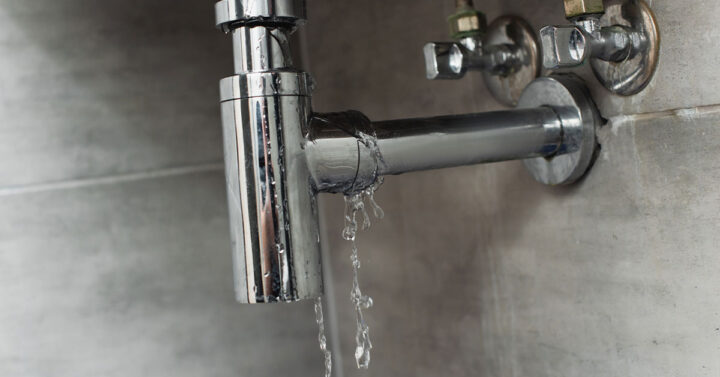
Reuse Water When Possible
Why let perfectly good water go to waste? For instance, use leftover water from rinsing vegetables to water your plants. It’s a clever way to conserve without any extra effort.
Installing Water-Efficient Bathroom Fixtures
Upgrading your bathroom with water-saving fixtures is one of the most effective ways to conserve water. These innovations are designed to reduce waste while maintaining functionality.
Choosing Low-Flow Showerheads
Low-flow showerheads are a game changer. They use air to maintain water pressure while drastically reducing water usage. It’s like having your cake and eating it too- but for showers!
The Advantages of Dual-Flush Toilets
Dual-flush toilets offer two flushing options: one for liquid waste and one for solid waste. This simple feature can save thousands of litres of water per year in a single household.
Installing Faucet Aerators
Aerators attach to your taps and mix air with water, maintaining pressure while reducing the flow rate. They’re inexpensive, easy to install, and pay for themselves in savings.
Water-Saving Features in Bathtubs
Bathtubs can be water hogs, but you can reduce waste by using a tub with water-saving features or by filling it only partially.
For an extra touch of eco-friendliness, reuse the bathwater for non-potable purposes like washing outdoor furniture.
Advanced Solutions for Water Conservation
For those looking to make a bigger impact, advanced solutions like greywater systems and rainwater harvesting offer powerful ways to save water.
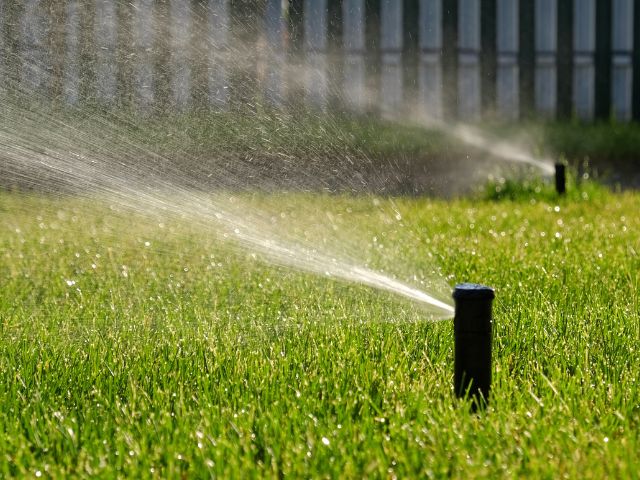
Greywater Recycling Systems
Greywater systems collect water from sinks, showers, and laundry for reuse in toilets or gardens. It’s an excellent way to cut water consumption while keeping your lawn green and lush.
Rainwater Harvesting for Bathroom Use
Installing a rainwater tank allows you to capture rainfall for use in toilets or even showers with the right filtration. It’s a smart choice for homes in regions with frequent rain.
Smart Technology for Water Monitoring
Smart meters and apps let you track your water usage in real time. They help identify patterns, leaks, or high-use areas, making it easier to cut back where it counts.
Maintenance Tips for Reducing Water Wastage
Regular maintenance ensures your bathroom fixtures and plumbing are running efficiently. Prevention is always better than a cure when it comes to saving water.
Inspecting and Repairing Pipes
Leaky pipes can waste a staggering amount of water. Regular inspections and timely repairs keep your plumbing in top shape and your water usage in check.
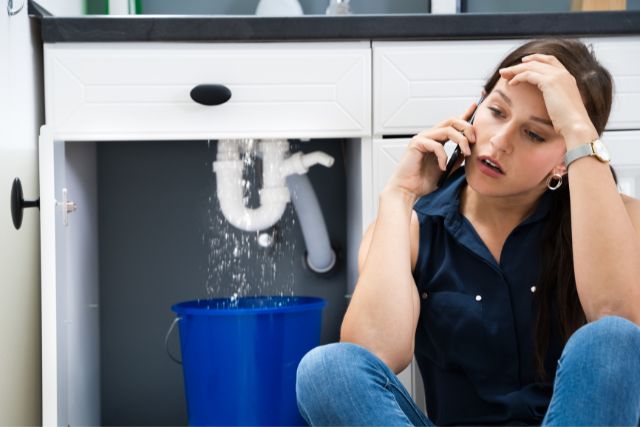
Preventing Toilet Tank Leaks
Place a few drops of food colouring in your toilet tank. If the colour seeps into the bowl without flushing, you have a leak. Fixing it promptly can save hundreds of litres of water.
Maintaining Water-Saving Fixtures
Even water-efficient fixtures need maintenance. Clean aerators, check for clogs and ensure everything is working smoothly for optimal performance.
Creating a Water-Efficient Bathroom Design
Designing your bathroom with water conservation in mind can significantly reduce water waste and create a space that’s both functional and sustainable.
Space Optimisation for Better Water Flow
A well-designed bathroom maximises efficiency. Place fixtures strategically to minimise water waste and create a layout that encourages responsible use.
Choosing Sustainable Bathroom Materials
Opt for materials that are both durable and eco-friendly. Recycled tiles, bamboo cabinetry, and low-VOC paints are excellent choices for an environmentally conscious bathroom.
Incorporating Plants for Humidity Control
Adding plants like ferns or peace lilies not only improves air quality but also helps maintain humidity, reducing the need for excessive water use.
How Families Can Save Water Together
Water conservation is a team effort. When families work together, they can achieve substantial savings and set a positive example for future generations.

Teaching Children Water-Saving Habits
Kids can be water warriors with a little guidance. Teach them fun ways to save water, like turning off taps or racing to take the shortest shower.
Setting Household Water Goals
Make saving water a team effort. Set monthly goals and celebrate when you achieve them. It’s a fun way to bond while helping the environment.
Tracking Water Usage as a Family
Use water meters to monitor usage. Involve everyone in analyzing the data and brainstorming ways to improve.
Common Myths About Water Conservation
Misconceptions about water conservation often prevent people from adopting efficient practices. Let’s set the record straight.
Dispelling Misconceptions About Low-Flow Fixtures
Many believe low-flow fixtures compromise performance, but modern designs deliver excellent pressure with less water. Don’t knock it till you try it!
Clarifying Costs and Benefits of Water-Efficient Solutions
While some water-saving upgrades require upfront costs, the long-term savings often outweigh the investment. Plus, rebates may be available in your area.
How NuDesign Can Help You Save Water
NuDesign specialises in creating water-efficient bathroom solutions that are practical, stylish, and effective in conserving water.

Expert Advice on Bathroom Renovations
NuDesign specialises in creating water-efficient bathroom solutions tailored to your needs. Their experts can guide you in making sustainable choices.
Custom Designs for Water Efficiency
From layout to fixture selection, NuDesign focuses on creating spaces that conserve water while looking fantastic.
Partnering with Eco-Friendly Suppliers
NuDesign works with suppliers offering sustainable and efficient bathroom products, ensuring every renovation supports water conservation.
Final Thoughts on Saving Water in the Bathroom
Water conservation doesn’t have to be overwhelming. By making small changes and investing in efficient fixtures, you can make a big impact.
Making Conservation a Daily Habit
Saving water starts with small changes. By building simple habits, you can make a meaningful impact over time.
Encouraging Broader Awareness of Water Issues
Share these tips with friends and family. The more people join in, the greater the collective impact.
Taking Small Steps for Big Impact
Every drop counts. Together, we can create a future where water is used wisely and responsibly, for the planet and for generations to come.


